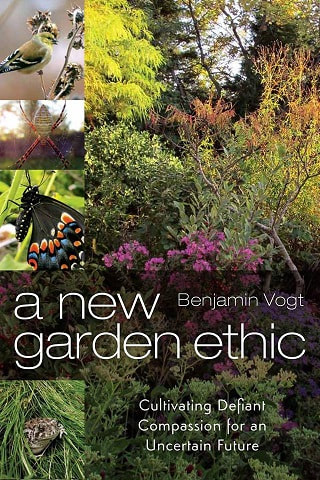Tell me what this plant is (like you don't know) and you'll win a free invisible Tesla sedan.
|
I live on the edge of town abutting small acreages and not more than a mile from the prairie at Pioneers Park. The advantage of this location is easy access to the interstate and a close drive to a lovely urban grassland. The disadvantages include these guys: I'd be better able to manage them if I could burn my gardens, aka, my entire lot. They not only pop up in the back meadow and garden beds, but also the front beds and in the lawn. Over the last year I've pulled well over 100 seedlings of this native yet very aggressive tree. It's managed in prairies by burning, and even one lone specimen in several hundred acres will cause grassland birds to nest elsewhere. It's a water hog. It shades out prairie plants. Birds love the berries and poop them out all over the place. Folks out east rave over their use in gardens and folks out west listen in suspended disbelief with jaw agape looking for the nearest exit.
Tell me what this plant is (like you don't know) and you'll win a free invisible Tesla sedan. 4/25/2018 08:33:31 am
I lived by Cedar Creek on Cedar Canyons Road. I am familiar with this plant. I thought it was easy to weed out and a lot fewer seedlings than the wild black cherry that floated my way.
Peg Hutchison
4/25/2018 08:46:11 am
Eastern Red Cedar one of the banes of my prairie. Thanks for the info about grassland birds not wanting to nest around it. One year I did find a nest in a small cedar. Comments are closed.
|
AboutBenjamin Vogt's thoughts on prairie gardening in Nebraska. With a healthy dose of landscape ethics, ecophilosophy, climate change, and social justice. Archives
April 2024
Original Archives
Garden Timelapse
Subscribe
In a time of climate change and mass extinction how & for whom we garden matters more than ever.
"This book is about so much more than gardening." |



 RSS Feed
RSS Feed

